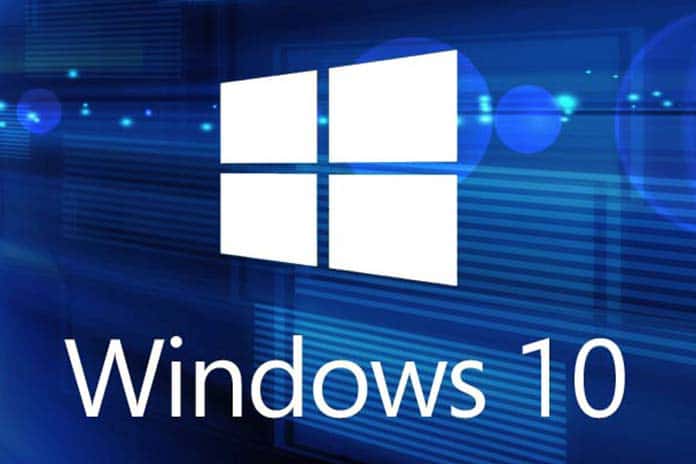The only aspect of computers, phones and modern devices that make them unique is definitely the ability to update the software and system applications. Windows has definitely mastered it and releases updates quite regularly, which makes user performance even more enjoyable and flawless.
Updates, of course, can be annoying at times, especially when they occur at times when the user has not really had any problems and feels that it is quite unnecessary.
However, it is important to know that updates also play a key role in “maintaining” perfect performance, so they can actually “avoid” any problem with the devices. Thus, It is always smarter to jump on them as soon as they develop. Here is a simple guide to ensure a perfect Windows 10 experience through updates.
Automatic Update
Being intelligent machines, computers can simply be updated as soon as the update is released. This function is preset to automatically check for new updates periodically. However, due to connectivity problems, the computer generally looks for updates every time it connects to a functioning network. Here are some points to keep in mind regarding the automatic update.
- Automatic updates can be configured at a frequency, that is, the computer will check if there is any recent developer edition at set intervals.
- Go to the settings and click on security and updates.
- Set the preferred frequency for update checks, for example, every week.
- The update usually consumes a lot of data and can chew a lot of data. This means that if Windows is updated while in a limited package, it will definitely not be good. To avoid this, just keep in mind that Windows 10 will automatically check for updates as soon as it connects to a network, so simply configure the limited network as a ‘measured connection’.
- Click on the network you don’t want to be used for updates and navigate to its properties.
Scroll down the options and change the ‘set as measured connection’ button to ‘ON’.
The automatic update mainly focuses on downloading all the new features of the update, such as security patches, visual elements and bug fixes. Once the download is complete, either by a preset schedule or an improvised verification, Windows 10 will give you a notification that the computer needs to apply or install the new update features. All you have to do is simply restart the computer. However, this process is not optional, you can choose to postpone it although, once the computer shuts down, you will continue to install the updates the next time you turn it on. This, of course, may take a while, so it is better to do it yourself when you are not in a hurry to use the device.
Manual Update
If the computer is set to an update frequency, it will not install anything until the designated time, which can be inconvenient, especially for critical updates such as security patches. The good thing, however, is that you can simply be ordered to update.
- First, connect to a powerful network and make sure it is not in a limited data plan because updates usually use a lot of data.
- Go to the Windows start menu in the lower left corner of the start page and click to see the options.
- Click on the configuration panel shown as a gear symbol.
- Go to the Updates and security option and select it.
- A panel on the left will show the options for Windows updates. Select the ‘Check for updates’ option and let the device process.


